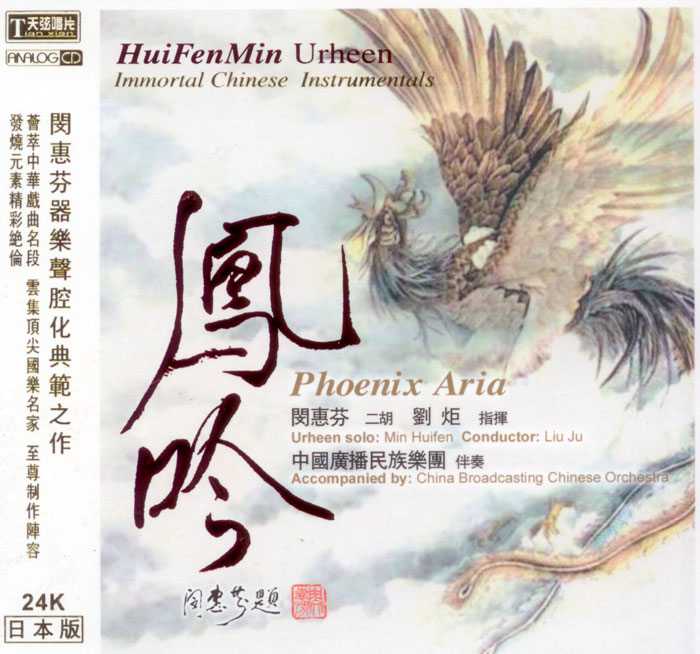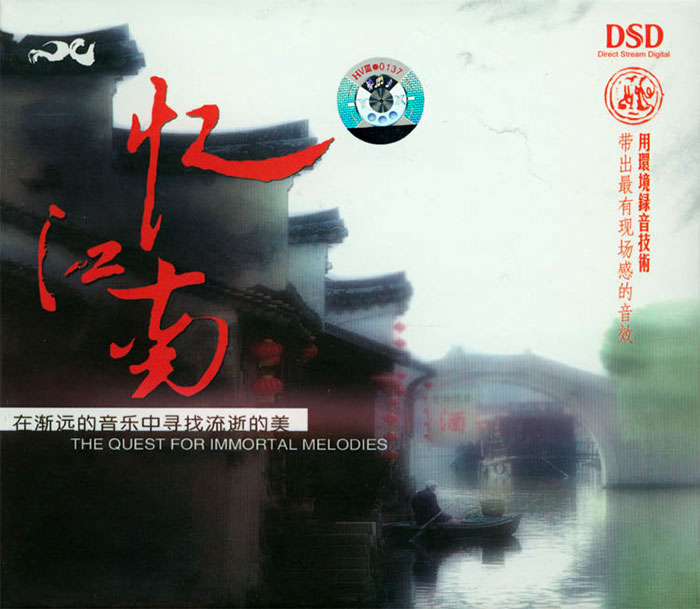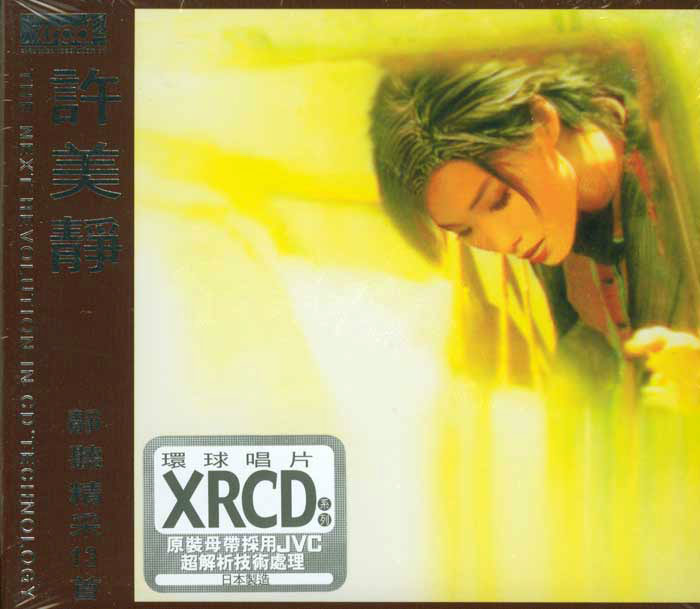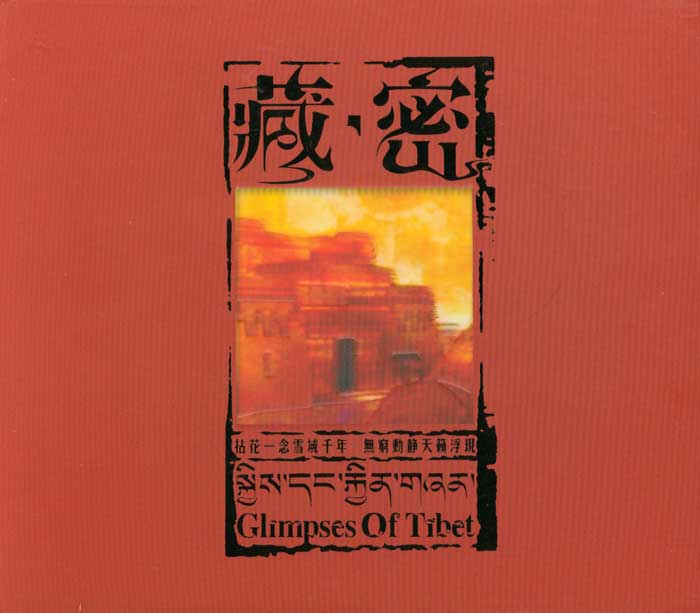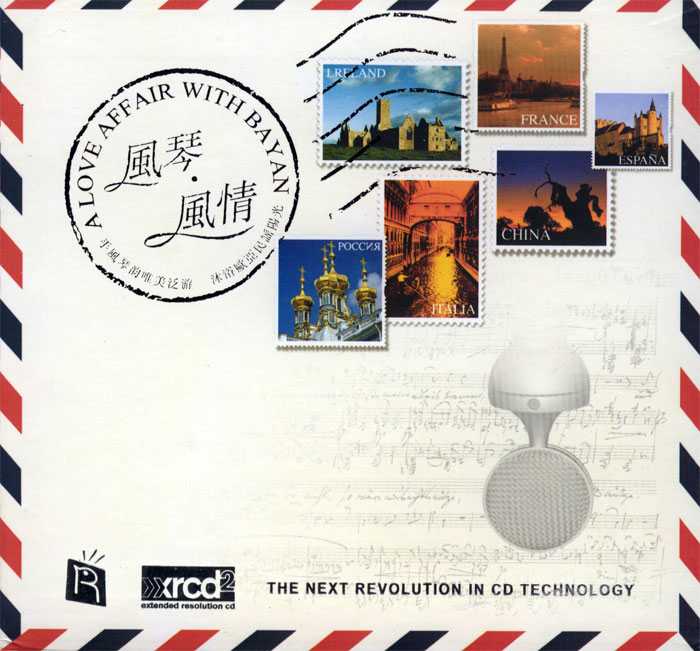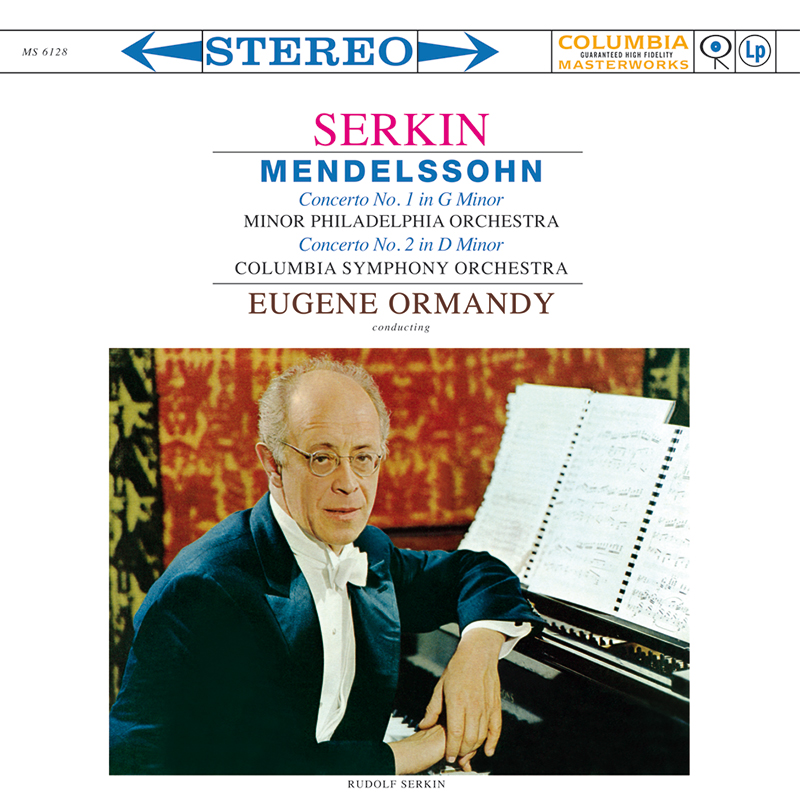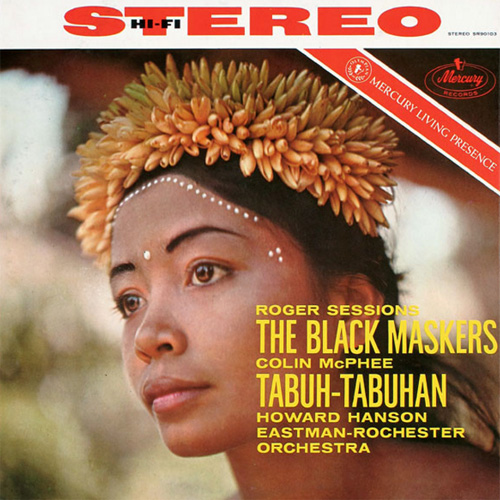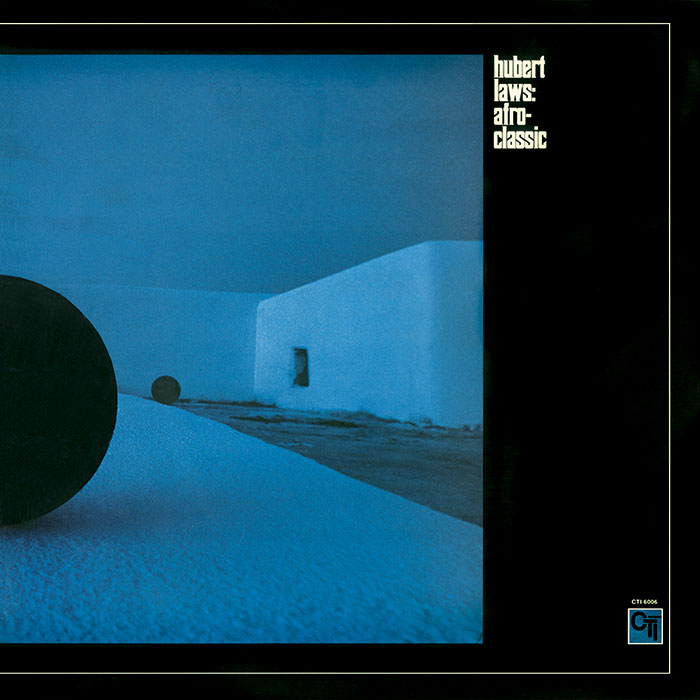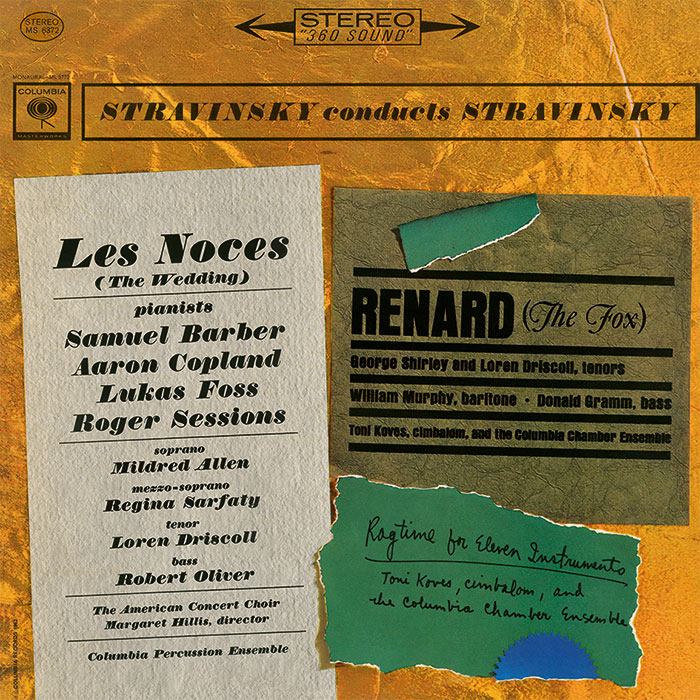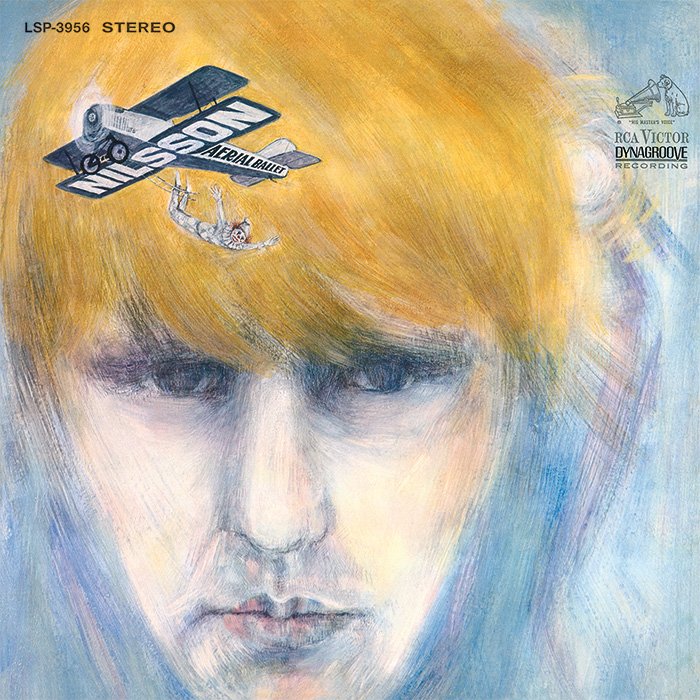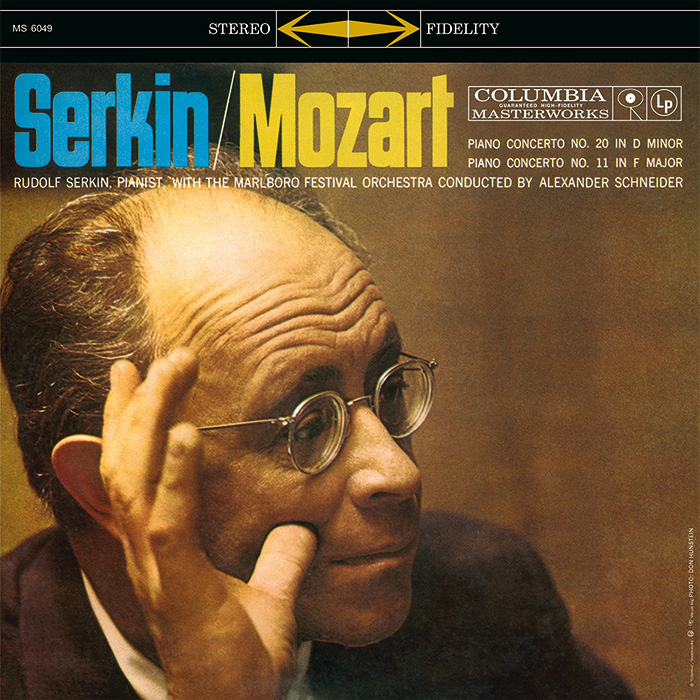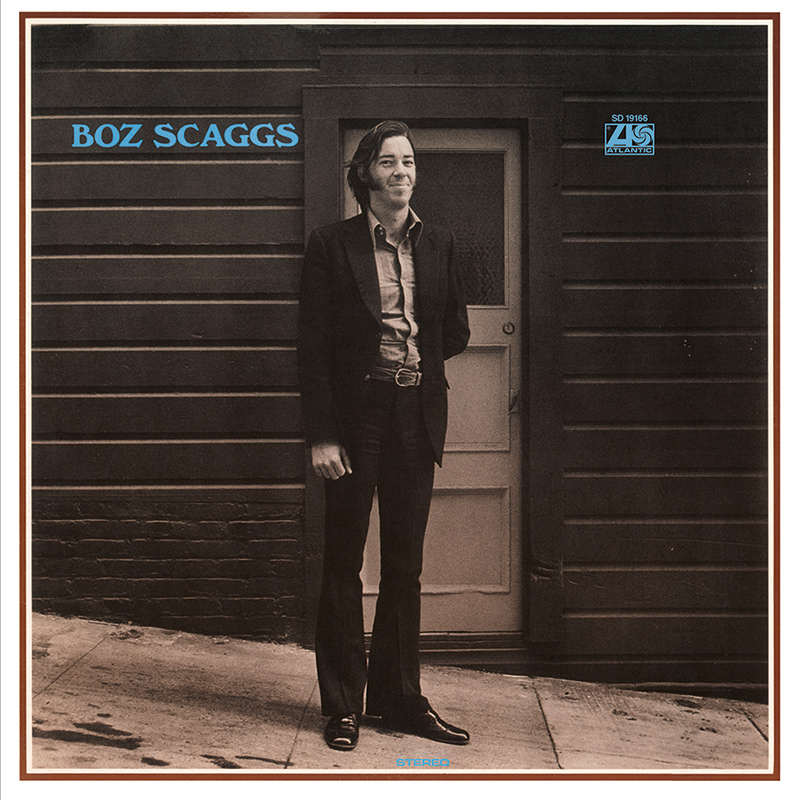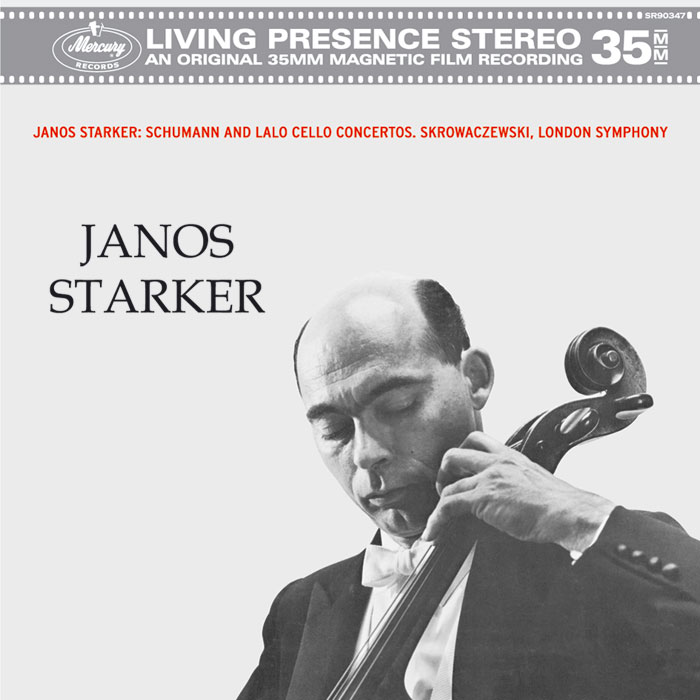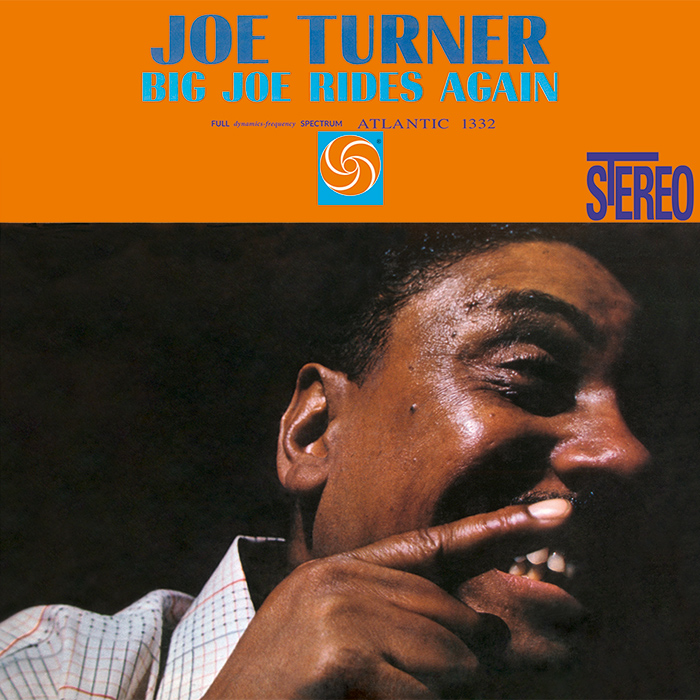Logowanie
Dlaczego wszystkjie inne nie brzmią tak jak te?
SpeakersCorner - OSTATNIE!!!!
SESSIONS, MacPHEE, Eastman-Rochester POPS Orchestra, Howard Hanson
The Black Maskers / Tabuh-Tabuhan
MOZART, Rudolf Serkin, Alexander Schneider, Marlboro Festival Orchestra
Piano Concerto No. 20 in D minor / Piano Concerto No. 11 in F Major
Columbia Masterworks
Wzorcowe
Carmen Gomes
Celebrating the art and spirit of music - vol. 5 - Reference Songs
- CHCECIE TO WIERZCIE, CHCECIE - NIE WIERZCIE, ALE TO NIE JEST ZŁUDZENIE!!!
Petra Rosa, Eddie C.
Celebrating the art and spirit of music - vol. 3 - Pure
warm sophisticated voice...
SAMPLER - STS DIGITAL, Gregor Hamilton
Celebrating the art and spirit of music - vol. 2 - Love songs from Gregor Hamilton
...jak opanować serca bicie?...
SAMPLER - STS DIGITAL
Celebrating the art and spirit of music - vol. 1 - Leonardo Amuedo
Największy romans sopranu z głębokim basem... wiosennym
Lils Mackintosh
Celebrating the art and spirit of music - vol. 4 - A Tribute to Billie Holiday
Uczennica godna swej Mistrzyni
SESSIONS, MacPHEE, Eastman-Rochester POPS Orchestra, Howard Hanson
The Black Maskers / Tabuh-Tabuhan
- The Black Maskers, suite from the incidental music
- Composed by Roger Sessions
- Performed by Eastman-Rochester Orchestra and Chorus
- Conducted by Howard Hanson
- Tabuh-Tabuhan, toccata for orchestra
- Composed by Colin McPhee
- Performed by Eastman-Rochester Orchestra and Chorus
- Conducted by Howard Hanson
- Eastman-Rochester POPS Orchestra - orchestra
- Howard Hanson - conductor
- SESSIONS
- MacPHEE
Although not well known in Europe, Roger Sessions is cited as being one of his native America?s truly great composers. He has often been described as the ?American Brahms? due to the musical independence of his compositions in which traditional musical forms play an important role. One astounding fact is that Sessions does not sound in the least ?American,? for neither jazz elements nor folk melodies are to be found in his music. Sessions? highly individual style made itself heard and lent character to his complete incidental music for Leonid Andreyev?s drama The Black Maskers as early as 1923. The four symphonically conceived movements are filled with a sharply jagged rhythm, a well-developed feeling for a contrapuntally ramified skeletal framework, and a masterly use of all the possibilities offered by a large orchestra. Colin McPhee?s Tabuh Tabuhan is rich in exotic harmonies. Subtitled a ?Toccata for Orchestra,? the work is based on Balinese melodies which the composer brings to life on western instruments. In addition to two pianos, which are used both rhythmically as well as melodically, an instrumental nucleus consisting of marimba, xylophone and glockenspiel provides a folkloristic undertow. By this means, McPhee achieves an explosive mixture of percussive South Sea magic and occidental polyphony, which is rarely to be encountered elsewhere. It is superfluous to say that this recording is like a rare and precious pearl in the repertoire. "?the Sessions/McPhee is famously good sounding (the best of this lot, as a matter of fact)...The Black Maskers was American composer Roger Sessions' first large-scale orchestral piece?he's also created a musical suite that is strong and interesting enough to stand entirely on its own. I think you'll love it, and though it is far less interesting musically you audiophiles will also love the flip side, Colin McPhee's Tabuh-Tabuhan, with its primarily percussive gamelan-like orchestration, postcard-from-Bali colorfulness, and superb sonics." - Jonathan Valin, The Absolute Sound, June/July 2006
